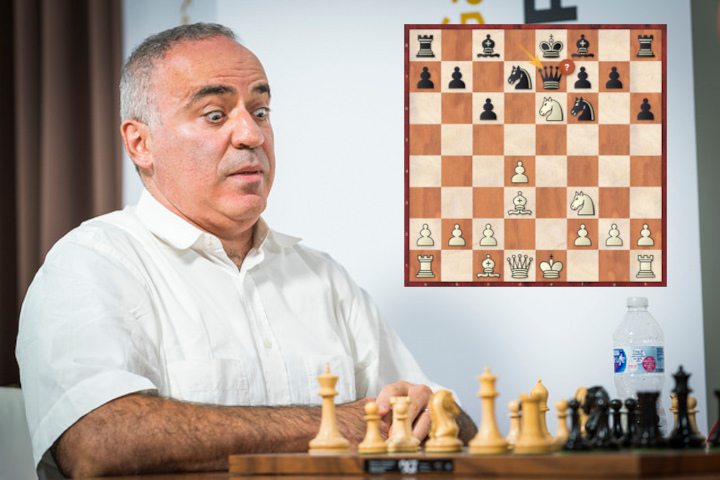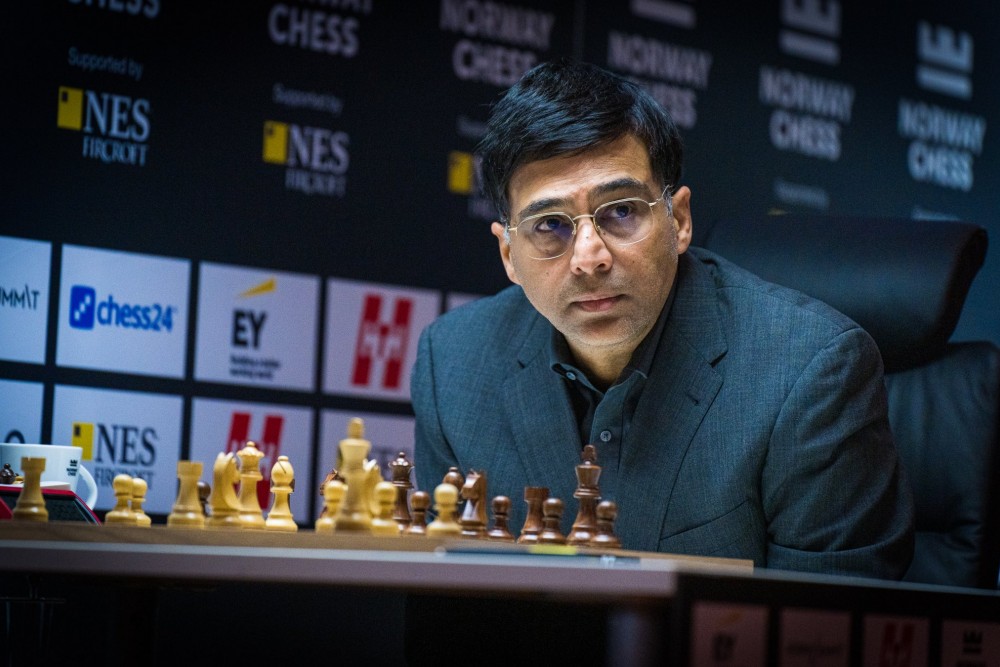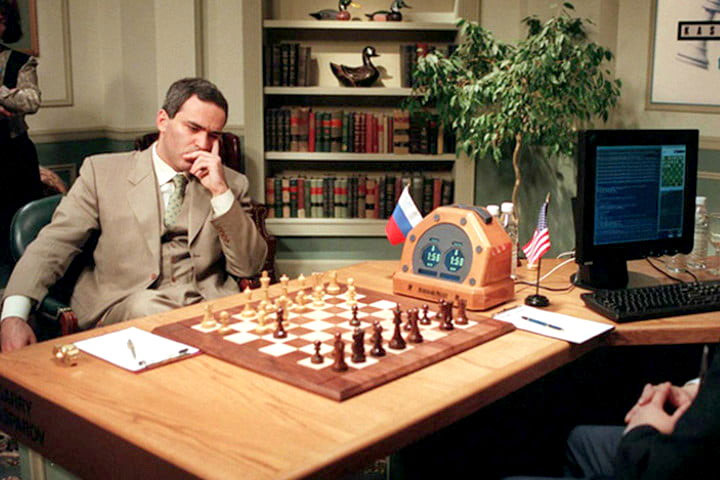


[Note that Jon Speelman also looks at the content of the article in video format, here embedded at the end of the article.]
Although chess is a total-information game in which everything is laid bare on the board, in practice we can see only part of the picture (unless everything is totally decided), and so feelings do play a crucial role, at least in games between humans.
One necessary evil is the ability, when the need arises, to bluff, or at the very least to keep a reasonably straight face. This was highlighted recently by the dramatic incident between Viswanathan Anand and Shakhriyar Mamedyarov in Norway, in which Vishy played a blunder so horrible that he resigned immediately without checking that Shakh had seen it.
In fact, he had not, and apparently asked Vishy why he’d resigned! Of course, he would very probably have done so “after two or three minutes”, as he told Jovanka Houska when interviewed afterwards. But Vishy obviously gained nothing by resigning – though it’s a very natural reaction to a huge shock.

Despite the blunder, Anand had a fantastic performance in Norway | Photo: Lennart Ootes
The question — and this is something we can discuss now away from the heat of battle — is what best to do if you do realize that you’ve done something truly horrible. I think that this depends on the person and their habits. If they are strong enough to sit placidly across the board a move away from disaster without revealing anything, then that would be best of all. Most of us couldn’t carry that off and, in that case, it depends on whether you are a player who stays at the board throughout or gets up and walks around.
If the latter, then you can simply go for a wander round the playing hall. If you only get up to go to the toilet, then do so now and return a few minutes later to learn your fate. Either way you won’t be giving off anxiety, though if other games are going on then you’re probably scuppered anyway. Even after learning that Vishy had resigned, watching online it took me half a minute or more to see Qxf3+, so I submit that it’s not trivial: MV-L, though, noticed at a glance when passing the board. You can’t really imagine other players, however well-behaved, not taking an interest in such a possible dénouement, and the sudden ripple of excitement would almost certainly have transmitted to Mamedyarov.
I had an incident thirty years ago in Dortmund in which I put a whole queen en prise at the end of a furious time scramble against Daniel Campora. I held my hand out to resign, but my opponent looked baffled (as though he thought that I thought that he’d offered a draw) so I withdrew my hand and went for a walk round the luckily already-almost-deserted tournament hall. (Thinking about it now, I suppose a perfect gentleman would have insisted on resigning, but I’m not that perfect).
After about five minutes he made a different move taking my queen off prise and I made my reply and offered a draw which after a couple of minutes more he accepted!
On the walk back to the hotel, I decided I would tell him what had happened. I didn’t want to be rude, but it was obvious that he’d be told within an instant of meeting any other chess players, anyway.
Sometimes you absolutely need to bluff because the alternative is too awful and too easy for the opponent to play. I remember an occasion from the Bunratty tournament a few years ago in which I saw a forced win against my intended move and chose an alternative but resigned after a simple reply. Of course, I should have pushed my luck. My opponent hadn’t yet seen the combination when I asked him after the game, and I ought to have put him to the test.
Bluffing can work well against humans, but you certainly shouldn’t try to bluff or second guess a machine. At the end of his second match against Deep Blue, Garry Kasparov decided to play a line of the Caro-Kann since, having worked against a version of its opening book, he supposedly knew that it wouldn’t go in for a dangerous sacrifice. Of course, it did, and sadly he was soon toast.
Read more: Vladimir Kramnik on Man vs Machine

To finish, a moment from the first round of the Candidates which was yesterday as I sent this (and also did the video). If Richard Rapport was trying to wind Jan-Krzysztof Duda up when he played 8...g6, then he suffered for it. But maybe he just thought it was the best move?
| Advertising |